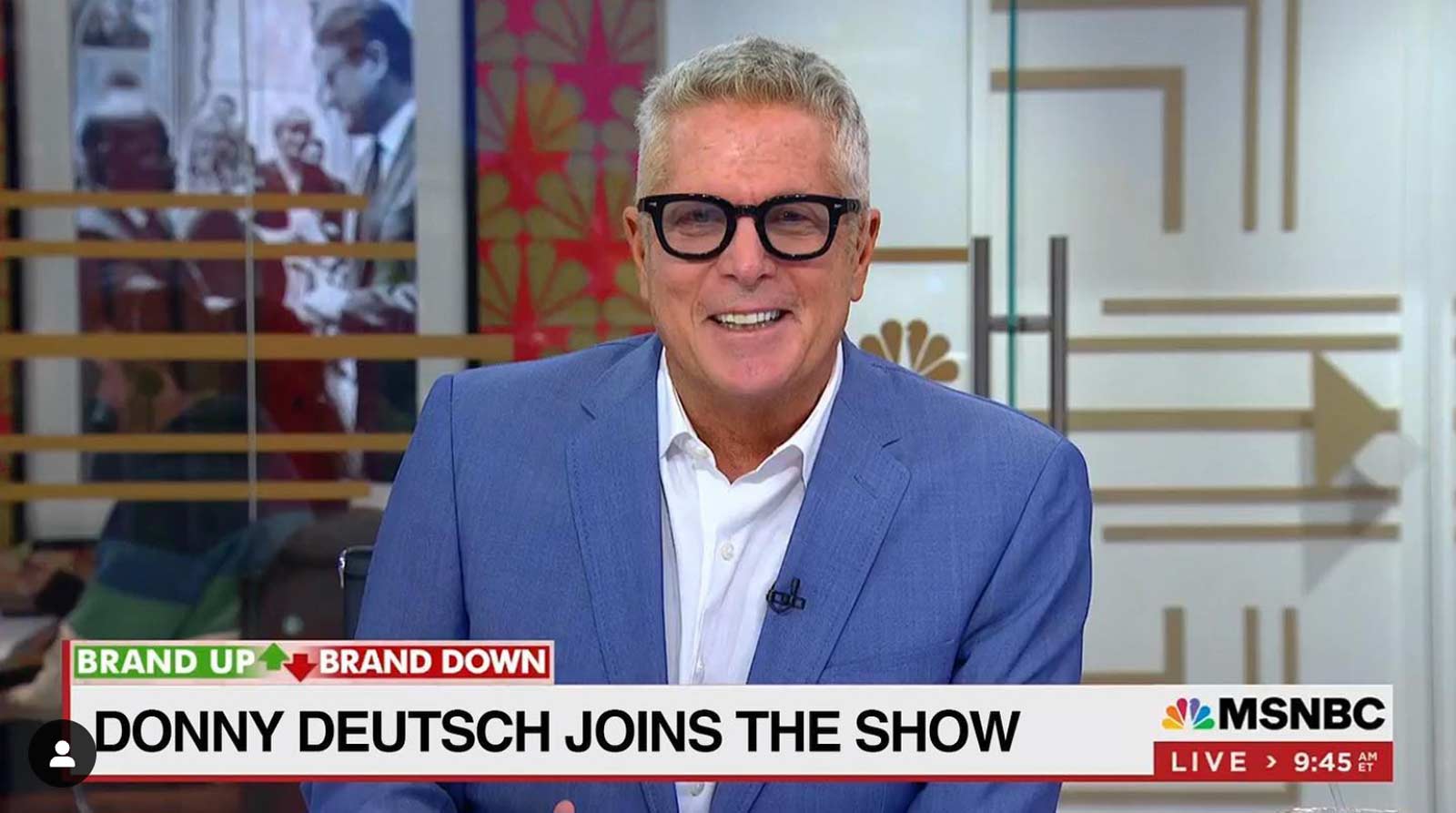Amberfi engaged the services of Lance Koonce of a leading Web3 intellectual law firm, Klaris, to answer questions from members of the community.
Have a question about digital collectibles and the law? Let us know and your question may be answered in a future column. Ask the Attorney appears Wednesdays in Amberfi.
Q: If an artist, photographer or creator finds out her work has been pirated or copyminted, what can she do about it?

A: It has always has been a bit of a game between creators and infringers, and we’re now seeing that play out in Web3. The people doing the pirating get more sophisticated, and the people who are trying to stop the infringement have to match that with new tools.
So I’m always happy to hear about tools and solutions that assist with curtailing infringement.
If you go on any of the open NFT platforms, for instance, you’ll see many, many NFTs that have been minted using images that clearly are not owned by the party who has minted the NFT. Whether they prove valuable to a buyer and real money is exchanged or not, there’s plenty of that out there. And we’ve begun to see some prominent cases in the NFT space involving content that someone alleges has been infringed upon.
Right now, an NFT creator’s options when there is infringement involved are somewhat limited. They have the same ability as anyone else whose property has been infringed: to make a demand or send a takedown notice to the party doing the infringing or to the platform where the infringement is happening.
If you have to file a lawsuit, one of the main questions becomes: How do you identify the content that has been infringed or the infringing content? That’s where emerging detection technology becomes really helpful.
As we move forward, blockchain-based technology that allows you to put pieces of content in different places and identify and track where they are will help with infringement enforcement. But in terms of what you do now, once you know and once you found the infringement, your options are to make a demand of the infinger, send a DMCA takedown notice to the platform, or use the court system.
Making the demands of the party doing the infringement or to a decentralized platform may be more difficult within Web3. But right now, you certainly could make a demand to these marketplaces and attempt to get these infringers, and their IP address access abilities, removed from their platform. They can likely disable at least the display of the content.
What I really hope to see in the future is dispute resolution and takedown mechanisms that are deployed within the platforms and with the new projects so that intellectual property infringement enforcement is more baked into the product.
One upside of digital assets is that you often can keep track of the token that’s associated with the content. So that may help in enforcement.
It is especially helpful that Amberfi is working hard to create anti-infringement tools that allow for more safety within both the creator and collector areas of Web3. This is especially useful to brands that want to enter the space and keep their intellectual property safe from this infringement.
Image at top: A detail from Beeple’s $69 million NFT artwork “Everydays — The First 5000 Days.”
Editor’s note: This is another in a series about NFTs and the law. Check out our blog for additional articles on the subject that will appear each week. Listen to our podcast episode with Lance Koonce on these topics here.
Disclaimer: The information provided on this Web page does not, and is not intended to, constitute legal advice; instead, all information and content on this page are for general informational purposes only. You should contact an attorney to obtain advice with respect to any particular legal matter, and you should not act nor refrain from acting on the basis of information on this site without first seeking legal advice from an attorney in the relevant jurisdiction.






